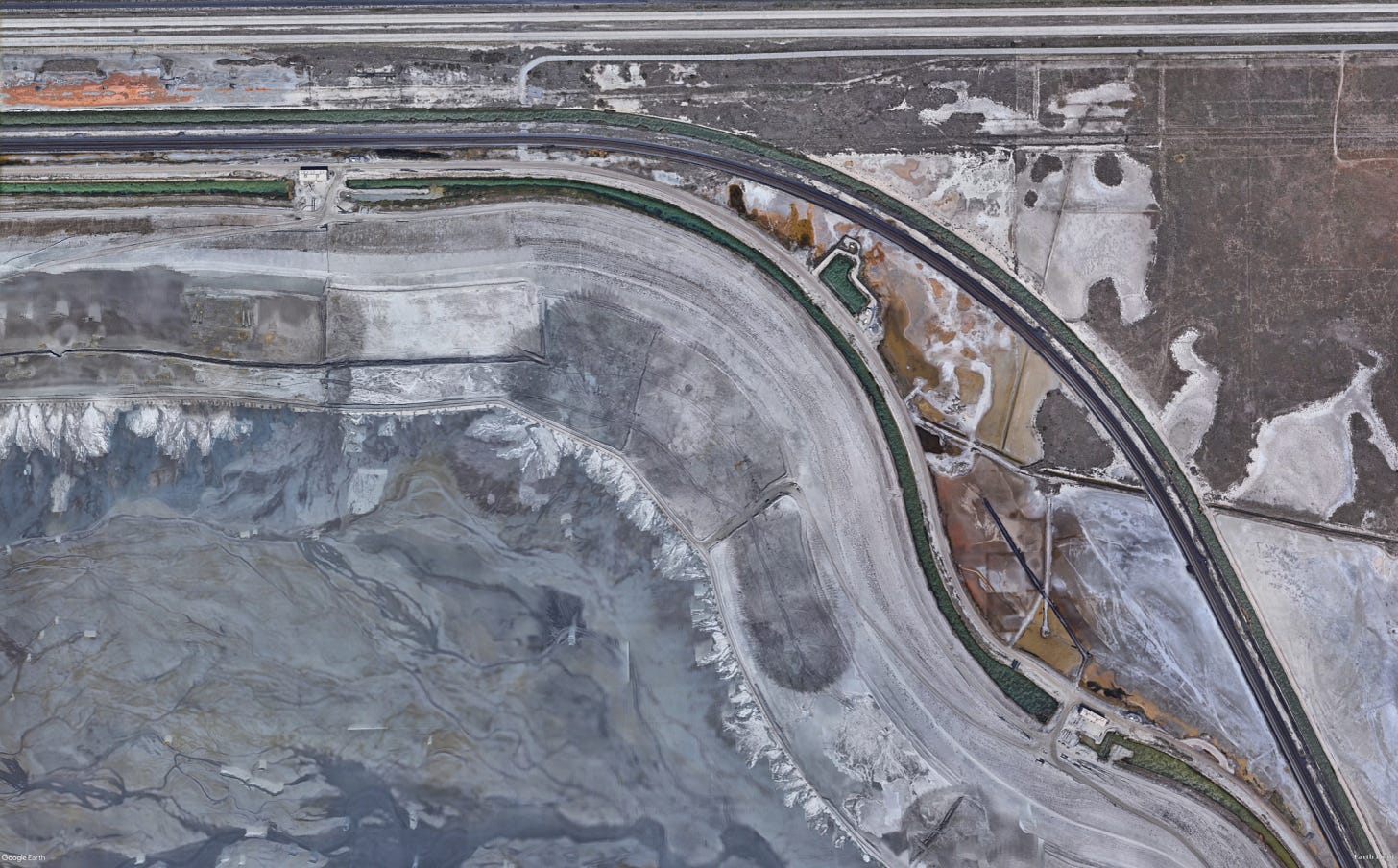Ditch cars and reduce mining
Plus more Mining Monitor
Mining Monitor
Here’s the dilemma: The transportation sector, which is to say the collective mass of internal combustion engines, is the largest source of greenhouse gas emissions in the U.S. As if that weren’t bad enough, all those exhaust pipes spew out other health-harming, smog-forming pollutants as well. The most widely accepted solution, it seems, is to replace all those fossil fueled cars with electric vehicles.
Thing is, EVs require more of certain minerals to build, such as copper (for all of the wiring), rare earth elements (for magnets and so forth), and cobalt, nickel, and lithium for the batteries. Total global lithium demand in 2021 was about 93,000 metric tons, compared to just 27,000 in 2015. Transitioning the existing fleet of internal combustion cars to EVs could result in demand jumping as high as 19.5 million metric tons in 2050 — or more than 200 times current levels. And all of that demand is going to spur a lot of mining, which, of course, is destructive to the land, can taint the water, and is detrimental to front-line communities, especially Indigenous ones.
So is that just a necessary tradeoff? Must we sacrifice people, the land, and the water to save the climate and reduce air pollution?
Keep reading with a 7-day free trial
Subscribe to The Land Desk to keep reading this post and get 7 days of free access to the full post archives.


